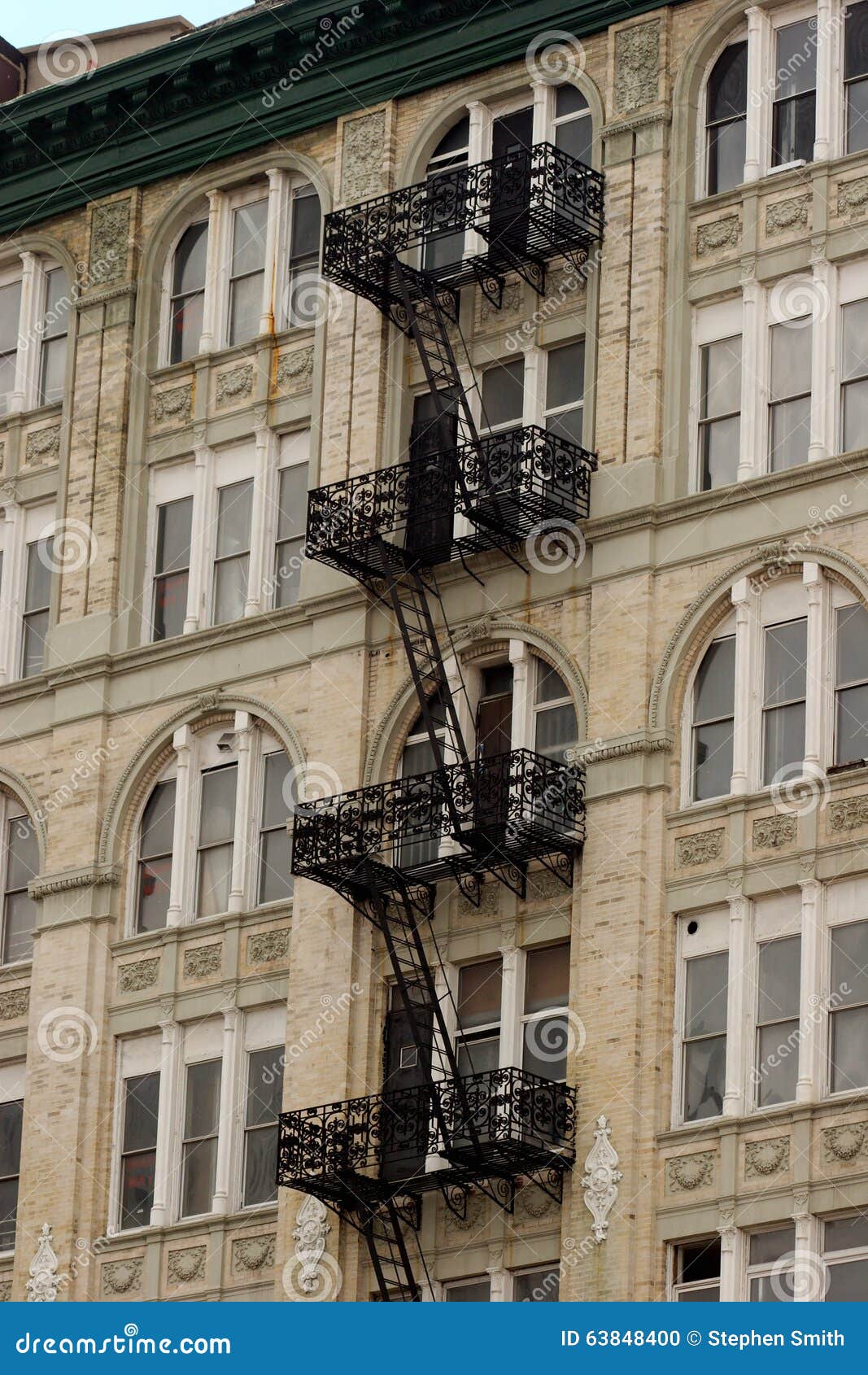

In the mid 20th Century we saw a building boom in the UK that increased urban sprawl with a huge increase in public housing during the fifties and sixties. External fire escapes were deemed acceptable as a retrofit option for existing buildings before the post World War 2 period.ĭuring the 1930s tubular chute style fire escapes began to replace the open ladder type fire escape in hospitals, schools and other institutions – with the main advantage that in hospitals it was possible to slide patients down on their mattresses. Building codes evolved rapidly to address safety concerns and it became a legal requirement in many countries for any construction above a certain number of floors to include a second means of egress. Fire escapes could easily be included in new constructions at little extra cost and it was also a simple matter to add them to existing buildings. Building owners began to be required to provide an adequate escape route in case of fire. The first US fire escape was patented in Grand Island, New England by Henry Vieregg in 1898 – a device designed for travelling businessmen.įire safety became an important consideration for new constructions around the turn of the 20th Century as building codes became more commonplace in countries around the world.

Superintendent of the ‘Royal Society for the Protection of Life from Fire’, Abraham Wivell improved the design and added an escape chute. It was a rudimentary machine which was fastened to a window and provided a means for a person to descend to street level without injury.

One of the very first fire escapes was invented in England in 1784 by Daniel Maseres.


 0 kommentar(er)
0 kommentar(er)
